

New fish owners always think that the smaller the aquarium, the easier it is to maintain. The truth is quite the contrary. It is highly encouraged to buy the biggest aquarium possible. Bigger aquariums can carry more volumes of water, thus, allowing more room for "mistakes" for new hobbyists. To find out how many gallons your aquarium can carry, multiply the length, width, and height of your tank (in inches) and divide the product by 231. However, keep in mind that big aquariums are heavy. Make sure that the furniture where you're going to place the aquarium can carry its weight. Each gallon weighs 9 pounds.
Avoid using aquariums that have irregular shapes or those that are too narrow and too tall. They look amazing in your living room but they're not healthy for your fish. Choose aquariums with large surface area. This allows more gas exchange inside the tank (oxygen in, carbon dioxide out). For this same reason, fishbowls are not ideal homes for your fish. Fishbowls have small opening and has minimal surface area. If you insist on using a fishbowl, you can remedy this problem by filling the fishbowl halfway with water. Doing so maximizes the surface area since the middle part is the widest portion of the fishbowl.
To have a healthy fish, it is important to keep the water sparkling clean. Installing a filter will allow the water to circulate through a filter medium that acts as a purifier.
There are many types of filter in the market. You can choose the filter that you want depending on the size of your aquarium, the convenience of maintenance, and the aquarium look you desire. I use an overhead filter which is one of the simplest filters in the market. With overhead filter, you can easily clean its filter media without disturbing the fish inside the aquarium. I personally don't like the undergravel filter. With this type of filter, you have to remove all the contents of your aquarium first before cleaning it.
 Three Types of Filtration:
Three Types of Filtration:
Biological Filtration
This is the process of growing beneficial bacteria that makes the water toxic free. Fish wastes, along with uneaten food and dead organisms, produce toxins known as ammonia. High levels of ammonia can kill your fish and plants. The beneficial bacteria living in the aquarium convert the deadly ammonia to nitrite, which is still harmful to the fish. Nitrite is then converted to the much safer nitrate. You can easily get rid of nitrate through partial water changes.
This process - ammonia to nitrite to nitrate - is known as cycling. Cycling, also known as the "New Tank Syndrome," takes place the first time you set up your aquarium. To complete this process, you have to provide a moist place for the beneficial bacteria to thrive. They stay in the filter media, on the surface of tank decorations, or in the gravel. These bacteria eat the ammonia in the aquarium. When ammonia levels spike, these bacteria will take in more oxygen as they will need to work harder. This will greatly reduce the oxygen level in the tank, thus, suffocating your fish and plants. Some experts recommend doing regular small water changes during cycling to minimize ammonia levels. Others even recommend a fishless cycling to avoid the risk of killing any fish.
Allow these good bacteria to grow in number to keep your aquarium toxic free. You can buy ammonia and nitrite testers to monitor their levels in the tank. When you have zero levels of ammonia and nitrite for 8 consecutive days, your cycling is completed.
Mechanical Filtration
This is a type of filtration that removes foreign materials from your tank water to give it a crystal clear appearance.
Chemical Filtration
This removes chemicals such as phosphate and silicate to prevent algae formation. It also absorbs medicine, so during medications, you must remove the chemical filter.

Air pumps maximize the aquarium's surface area by allowing more gas exchange through water movement. Some types of filter (e.g. corner filter and undergravel filter) are fuelled by air pumps. Air stones can be attached to air pumps. Air stones create bubbles in the tank that may serve both as a decoration and an aide in gas exchange.
Air stones are not required in aquariums. As long as there is enough water flow created by the water pump, the fish will breathe without difficulty. However, provided that your aquarium is not crowded, it doesn't hurt to add air stones since they look amazing in your aquarium.
Heater is used during the cold season. In tropical countries such as the Philippines, heater is not required. However, it can be quite handy especially when your fish gets sick. Raising the temperature in the aquarium can kill some harmful bacteria and thus, speed up the recovery of the sick fish. Choose a heater with a thermostat which allows you to set the desired temperature and let the temperature stay in that range. You should also buy a separate thermometer along with the heater to monitor the temperature just in case the heater malfunctioned. For you and your fish's safety, make sure you have read the manual carefully before installing the heater.

Decorations are also optional. When I got my first fish, my aquarium didn't have any decorations. It looked dull and boring. My bigger fish started bullying my smaller fish. I decided to buy some decors to provide some hiding places for the bullied fish. It helped a lot. Eventually, the bullying stopped. I also think the fish are happier when they have hiding places in the aquarium.

Some fish such as Cichlids love to move pebbles around. It's cute when a fish puts a pebble in its mouth. For this reason, I had put pebbles in my tank. The pebbles also prevented my decorations from tumbling over. However, I realized that pebbles can harm naughty fish sometimes. It almost killed one of my fish. Do not use pebbles that are too large though, since large pebbles can trap uneaten food and other wastes. Also, if you're using undergravel filter, do not use fine pebbles as these may clog your filter. Choose a more natural-looking color. Neon-colored pebbles are cute, but they may scare your fish.

Fish, like humans, need sunlight to be healthy. I placed my aquarium near the window to provide a natural lighting for my fish's habitat. Do not place your aquarium on direct sunlight though. Direct sunlight would produce algae that are tough to remove from your aquarium. If natural lighting is not possible, install a lighting fixture over your aquarium. Choose the type and intensity of lighting that is most suitable for your aquarium. Each liter needs 0.4 to 0.7 watt.
The incandescent light is inexpensive but the bulbs need to be replaced more often and the bulbs use more electricity. Fluorescent light, on the other hand, is expensive but the bulbs last longer than incandescent light. This is the most commonly used lighting by fish keepers. Compact fluorescent light produces brighter light, last longer, and uses less energy than the standard ones. The compact fluorescent light is suitable for aquariums that need strong lighting such as aquariums with various towering plants, deep and tall aquariums and saltwater aquariums. This is also a less expensive alternative for metal halide. Metal halide light is expensive, uses a lot of energy, and gets very hot. However, it produces the broadest spectrum of light, thus, giving you the most breathtaking underwater scenery you've been trying to achieve. Its variant, mercury vapour light, is also popular among fish keepers. It emits bright light and is almost good as new even after a couple years of use. This type of light is suitable for aquariums at least 20 inches tall. Small lighting fixtures are also available in the market. These are used for small aquariums and fishbowls. If you're using these artificial lightings, don't forget to monitor the temperature in your aquarium as it could get hotter than the desired temperature. You may install chillers to cool the aquarium. Also, turn off the lights during the night so fish will know when it's time to sleep.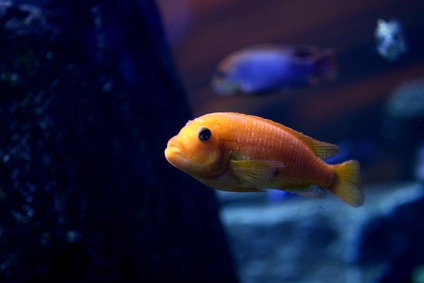 How to Take Care of a Baby Parrot Fish
How to Take Care of a Baby Parrot Fish
How to Take Care of a Baby Parrot Fish
How to Take Care of a Baby Parrot Fish
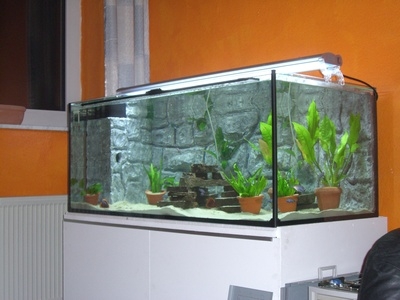 What Fish Can Live in Brackish Water
What Fish Can Live in Brackish Water
W
What Fish Can Live in Brackish Water
What Fish Can Live in Brackish Water
W
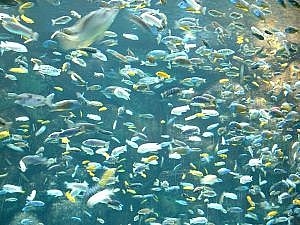 How to Feed an Oscar Fish
How to Feed an Oscar Fish
How to Feed
How to Feed an Oscar Fish
How to Feed an Oscar Fish
How to Feed
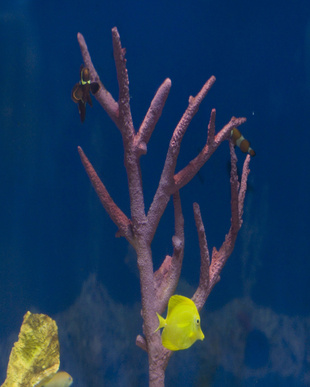 Different Kinds of Fish for Aquariums
Different Kinds of Fish for Aquariums
Different Kinds of Fish for Aquariums
Different Kinds of Fish for Aquariums
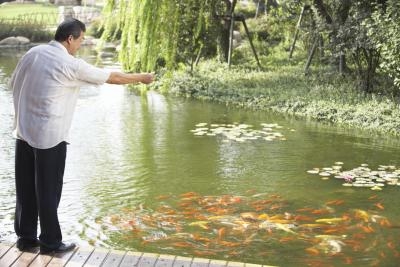 What Are Some Fish for an Outdoor Fish Pond?
What Are Some Fish for an Outdoor Fish Pond?
What Are Some Fish for an Outdoor Fish Pond?
What Are Some Fish for an Outdoor Fish Pond?
Copyright © 2005-2016 Pet Information All Rights Reserved
Contact us: www162date@outlook.com